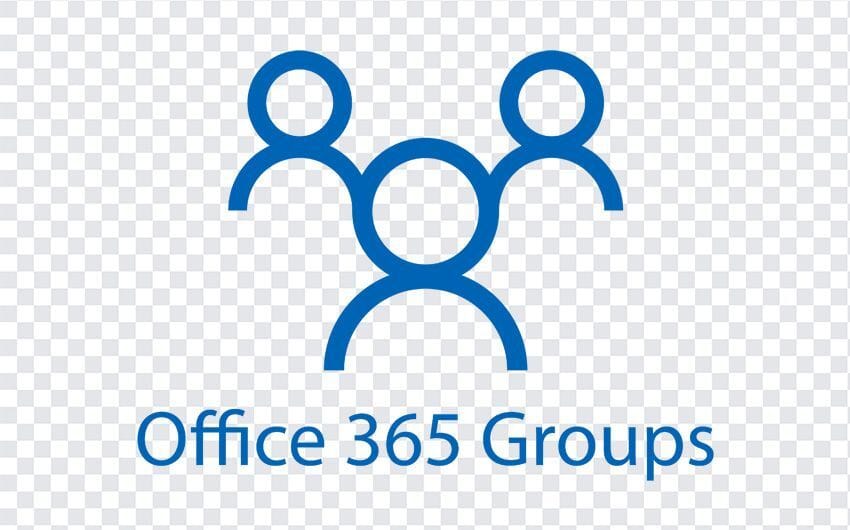How to Manage Microsoft 365 with Group Policy

Managing Microsoft 365 settings through Group Policy is a powerful way to enforce configurations, improve security, and streamline administrative tasks across an organization. By leveraging Administrative Templates (.ADMX/.ADML), IT administrators can control features in both Microsoft Office and Microsoft 365 Apps for Enterprise without needing manual configurations on each device.
This guide explains how to manage Microsoft Office settings using Group Policy Objects (GPOs). It covers installing administrative templates, creating GPOs, configuring settings, and troubleshooting issues.
What Is Group Policy for Microsoft 365?
Group Policy is a feature in Windows that allows IT administrators to manage user and computer settings. With the help of Administrative Templates, Group Policy can be used to:
- Configure Microsoft Office settings centrally.
- Enforce security measures, such as disabling macros.
- Manage update channels and licensing options.
- Apply consistent settings across multiple users and devices.
Key Benefits:
- Consistency: Ensures uniform configurations across the organization.
- Security: Reduces vulnerabilities by enforcing security standards.
- Efficiency: Simplifies management for large environments.
Step 1: Download and Install Administrative Templates
- Visit the Microsoft Download Center and download the latest Administrative Templates for your Office version.
- Extract the downloaded files to a folder (e.g.,
C:\OfficeTemplates). - Copy the .ADMX files to the following directory:
C:\Windows\PolicyDefinitions - Copy the .ADML files to the language-specific directory:
C:\Windows\PolicyDefinitions\en-US(Replace 'en-US' with your language code if needed.)
Step 2: Create a Group Policy Object (GPO)
- Open the Group Policy Management Console (GPMC) by typing
gpmc.mscin the Run dialog (Windows + R). - Right-click on the domain or Organizational Unit (OU) where the policy should apply.
- Select Create a GPO in this domain, and Link it here.
- Enter a name for the new GPO (e.g., "Microsoft Office Settings").
Step 3: Configure Group Policy Settings
- Right-click the GPO and select Edit.
- Navigate to:
User Configuration > Administrative Templates > Microsoft Office - Browse through the available settings, organized by Office application (e.g., Word, Excel, Outlook).
- Double-click on a setting to configure it. Examples include:
- Disable Macros in Office Documents – Prevents execution of potentially harmful macros.
- Set Update Channels – Specifies the update frequency for Office apps.
- Trusted Locations for Documents – Ensures files are only opened from pre-approved locations.
- Select Enable or Disable, configure options, and click Apply.
Step 4: Apply and Test the Policy
- Close the Group Policy Editor and return to the GPMC.
- Force the policy update on clients by running the following command:
gpupdate /force - Verify the changes by opening an Office application and checking the configured options.
- Use the following command to view applied policies:
gpresult /r
Troubleshooting Common Issues
- Templates Not Appearing in Group Policy Editor:
- Confirm that .ADMX and .ADML files are placed in the correct folders.
- Settings Not Applied:
- Ensure the GPO is linked to the correct OU.
- Verify that users or computers are within the target group.
- Permission Errors:
- Check that the user has Group Policy Administrator or Domain Admin permissions.
- Version Conflicts:
- Use templates that match the installed Office version.
- Policy Refresh Delays:
- Force updates using
gpupdate /forceand reboot the client devices if needed.
- Force updates using
Best Practices for Managing Microsoft 365 with Group Policy
- Backup Policies: Always export and save existing GPOs before making changes.
- Test in a Lab Environment: Test policies on a small group of devices before deploying organization-wide.
- Document Changes: Maintain records of configured policies for compliance and troubleshooting.
- Regular Reviews: Periodically audit and update policies to align with organizational changes and security standards.
- Update Templates: Download and apply the latest administrative templates when Office updates are released.
Conclusion
Managing Microsoft Office settings through Group Policy provides centralized control, simplifies administrative tasks, and enhances security. Whether configuring Office update channels, enforcing macro restrictions, or defining trusted locations, administrators can leverage Group Policy to create consistent, secure, and compliant environments.
For organizations looking to streamline IT management, Medha Cloud offers expert solutions for Microsoft 365 administration, security, and compliance.
Contact Medha Cloud Today! Simplify Microsoft 365 management and optimize your IT environment with Medha Cloud.